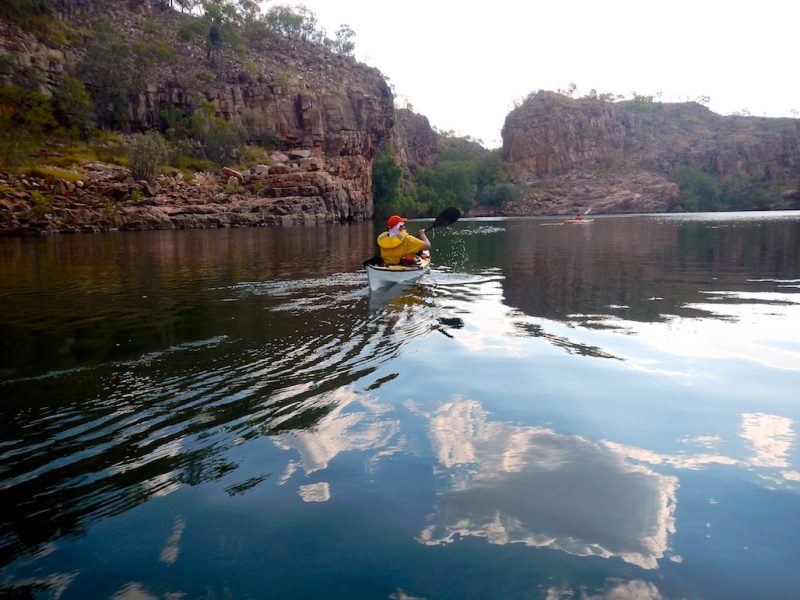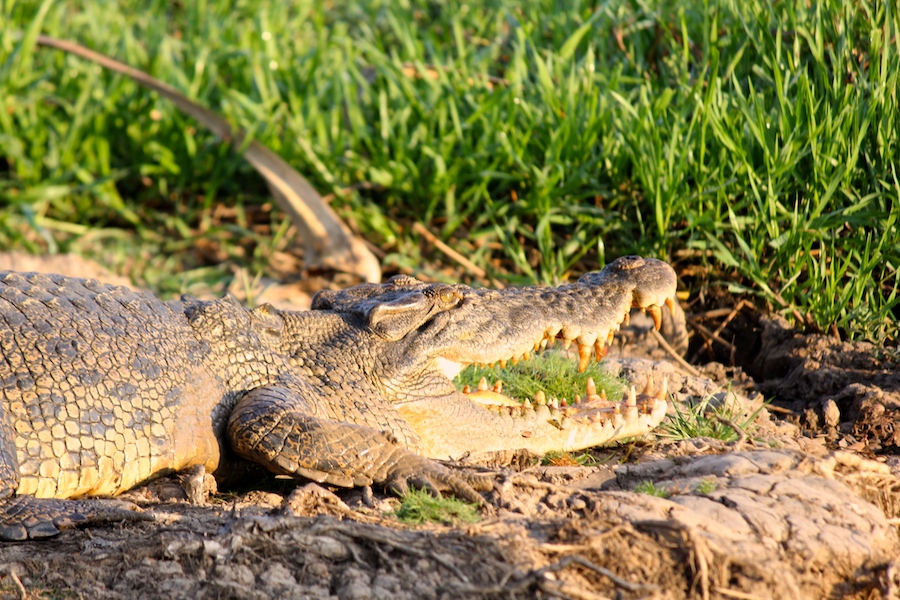Northern Territory Adventure
Northern Territory Adventure In Emerald Green Waters
Join Debra Waters in Australia on her Northern Territory Adventure
The Northern Territory is a stunning destination for photographers, film makers and
nature lovers of all kinds. Covering around 1,349,129 square kilometers
(almost 17% of Australia’s total land mass), it features gorges, waterfalls and
abundant native wildlife. The deserts bloom with flowering plants, and there is
ancient indigenous art among the rock formations. With so much to see and do,
you’ll want to make the best use of your time.
Here’s how we spent our last ten day visit…
We arrived in Katherine on a beautiful 38 degree (100.4 F) day, then spent the
weekend filming the Women of the World festival with a NT crew at
Godinymayin Yijard Rivers Arts and Culture Centre. This was the first time this
festival was held in Katherine and was a big success. To me it was inspirational
and humbling to hear NT women speak about their culture, the stolen
generation and politics, this festival was amazing.
Following the weekend’s filming, we spent a day kayaking at Katherine Gorge.
The emerald green waters ripple with reflections of the cliffs above – peaceful,
and utterly breathtaking. Make sure you are prepared for the heat, with a hat,
sunscreen, long sleeves, sunglasses and plenty of drinking water. In the dry
season, temperatures can be over 40 degrees (104 F). If you have a waterproof
camera, take it with you, otherwise make sure you have protective cases and
bags for your equipment.

Alligator River
The next day, we hired a car, and drove 3.5 hours to Cooinda, at the southern
end of Kakadu National Park. The roads are sealed, straight, and make for
pleasant traveling. Don’t forget to stop along the way – you’ll have many
opportunities to get the camera out. Expect to photograph shapely pink gum
trees, wildflowers, and statuesque red termite mounds – often up to 5 meters
(around 16 feet) tall.

We only had one night’s accommodation in Cooinda, so there was no time to
waste. The best way to spend it? Sunset over Ubirr. The 40 minute drive is more
than worthwhile. You will experience a landscape of rocky escarpments covered
in indigenous paintings, and a perfect natural viewing platform, overlooking a
vast floodplain. This is the perfect opportunity to take some panoramic shots,
as the landscape and vista are mind-blowing. Be ready to snap the sunset, and
make your stay comfortable with a jacket, bottled water, and insect repellent.
On returning to our lodge around dusk, we prepared for early departure.
Tomorrow’s adventure? The Sunrise Yellow Water Billabong Cruise.
Our bus took us to Alligator River, and our tour boat. Few people spoke, as the
tranquility and peacefulness was breathtaking.The sun rose, revealing its palette
of red and yellow. The rippling colors replace the night’s mist as wildlife awakes,
adding to the color and movement. Waterbirds flew in v-formation as we cruised
one of the world’s most pristine rivers. Camera shutters the only sound as we
watched crocodiles stalking prey below the waterlily pads. There are at least 60
species of wildlife in these wetlands, buffalo and wild pig on the floodplains,
birds, ducks, and an abundance of pink and white water lilies, paperbarks and
pandanus. Truly a photographer’s paradise. After a full breakfast and a quick
download of all

Indigenous Storytelling & Dancing
Seeing ‘The Red Centre’ was the last part of our journey. There are three
options: A hire car (3 days), bus back to Darwin (4 hours away) then a flight, or
by rail on The Ghan, which offers accommodation and travel combined. We had
pre-booked our trip on The Ghan, in Red Service (ideal for travelers on a
budget, more luxurious options are available in Platinum and Gold Service).
Watching the sunrise and sunset from our window over the 1500 kilometer
stretch of desert was an unforgettable experience. Arriving at Alice Springs the
next morning, we had time for lunch and a quick look around before boarding
our flight to Uluru (AKA Ayers Rock). Staying just one night, we had pre-booked
two highly recommended tours – the Sounds of Silence Dinner, and a morning
helicopter ride over Uluru and the Kata Tjuta (AKA The Olgas) rock formations.
The Sounds of Silence experience includes pre-dinner champagne at the
lookout over Uluru. After sunset, dinner is served by candlelight. There was
Indigenous storytelling and dancing and a story about the constellations, with a
chance to view the stars through large telescopes . We were privileged to
experience dances performed by local indigenous people, who also shared their
stories with us. It was truly memorable to look at the stars through telescopes,
having just heard ancient legends about their origins and significance. The
shapes, colours and sheer enormity of these rock formations is staggering,
giving me a whole new appreciation of this ancient landscape.
Exploring the Northern Territory should be on every photographer and film
maker’s bucket list. I feel so privileged to have seen, photographed, and been a
part of one of our most significant and pristine environments. From its rich red
desert floor to blue opal skies, ochre rock paintings, and deep green waters, this
is one of the most inspirational journeys I’ve ever taken.
by Debra Waters
Listen on Spreaker
www.spreaker.com/user/eattmagazine
Download on Soundcloud
soundcloud.com/eattmagazine



